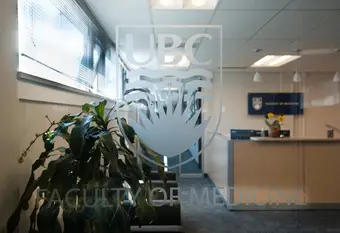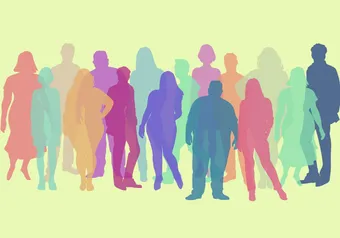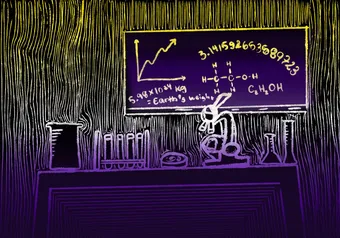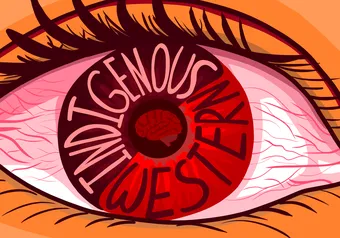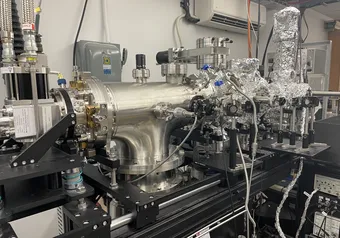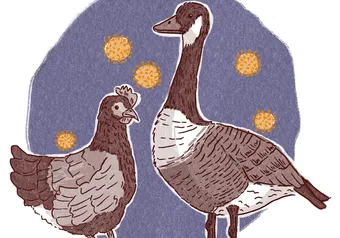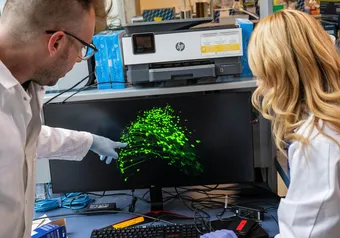If you know anybody in medicine, chances are you will have heard whispers of the residency match process. It is a rite of passage for all medical students across Canada. For many, it represents the culmination of a significant chapter of their lives, as they discover what residency program they will go into and where they will train for the next several years.
But how does this process actually work?
To start off, it is important to recognize the sheer breadth of possibilities available in medicine. The Association of American Medical Colleges estimates that there are approximately 120 different specialties and subspecialties to choose from.
As a medical student, the task of finding a specialty that matches your personality, interest and desire for work-life balance can be one of the toughest tasks to accomplish in medical school. While most medical students have some inkling of what they may want to do early on in their training, many eventually change their minds and fall in love with a completely different discipline before applying for residency.
In general, there are four broad categories of residency positions: surgery, medicine, family practice and laboratory-based. Each offers its advantages and disadvantages.
Surgical disciplines, for example, are known for their intense schedules, but can be incredibly rewarding for those who are able to endure the hardships. Family medicine, on the other hand, requires only two years of training but offers unrivalled career flexibility. Medicine specialities offer an eclectic mix of procedure and office-based options. Laboratory-based specialities have traditionally been relatively less competitive but can be ideal for those looking for an excellent work-life balance post-residency.
Regardless of which residency program students are applying for, the match process is mediated through a centralized, national organization called the Canadian Residency Matching Service (CaRMS). Every Canadian medical school participates in this service.
The format of a CaRMS application is similar to that of a medical school application. It compiles a student’s academic grades, clinical clerkship performance reports, reference letters, research publications and other relevant non-academic accomplishments to create a composite profile for schools to consider.
Students typically begin to work on their applications in the summer of their final year of medical school and have to submit all their CaRMS documents by mid-November. Students can select which programs they would like to apply for, with most applying for two or three disciplines.
Once all applications have been processed, students anxiously wait to see which programs will offer them an interview. Then comes a frantic one-month period, usually in January of the following year, when medical students across Canada try to participate in as many interviews across the country as logistically possible. Most manage to secure at least 10.
When the dust settles, all applicants have to submit their final ranked choices of residency positions, while residency programs do the same with their preferred applicants. This information and the quotas for each position are then plugged into a complex algorithm, which then attempts to create the optimal match for all parties. The result is released at a pre-set time on a fateful day in March.
For most Canadian medical students, Match Day is a time of celebration. Inevitably, however, a small group of students go unmatched every year. These students have the opportunity to participate in a second iteration of match process, interviewing at programs with unfilled spots.
Each year, approximately half of the applicants who did not match in the first round end up finding a residency spot in the second round. Those who remain unmatched at the end of the second round have to submit new applications the following year.
David Deng is in his third year of medical school, after completing his undergraduate degree in microbiology & immunology and psychology at UBC.
First online
Share this article


